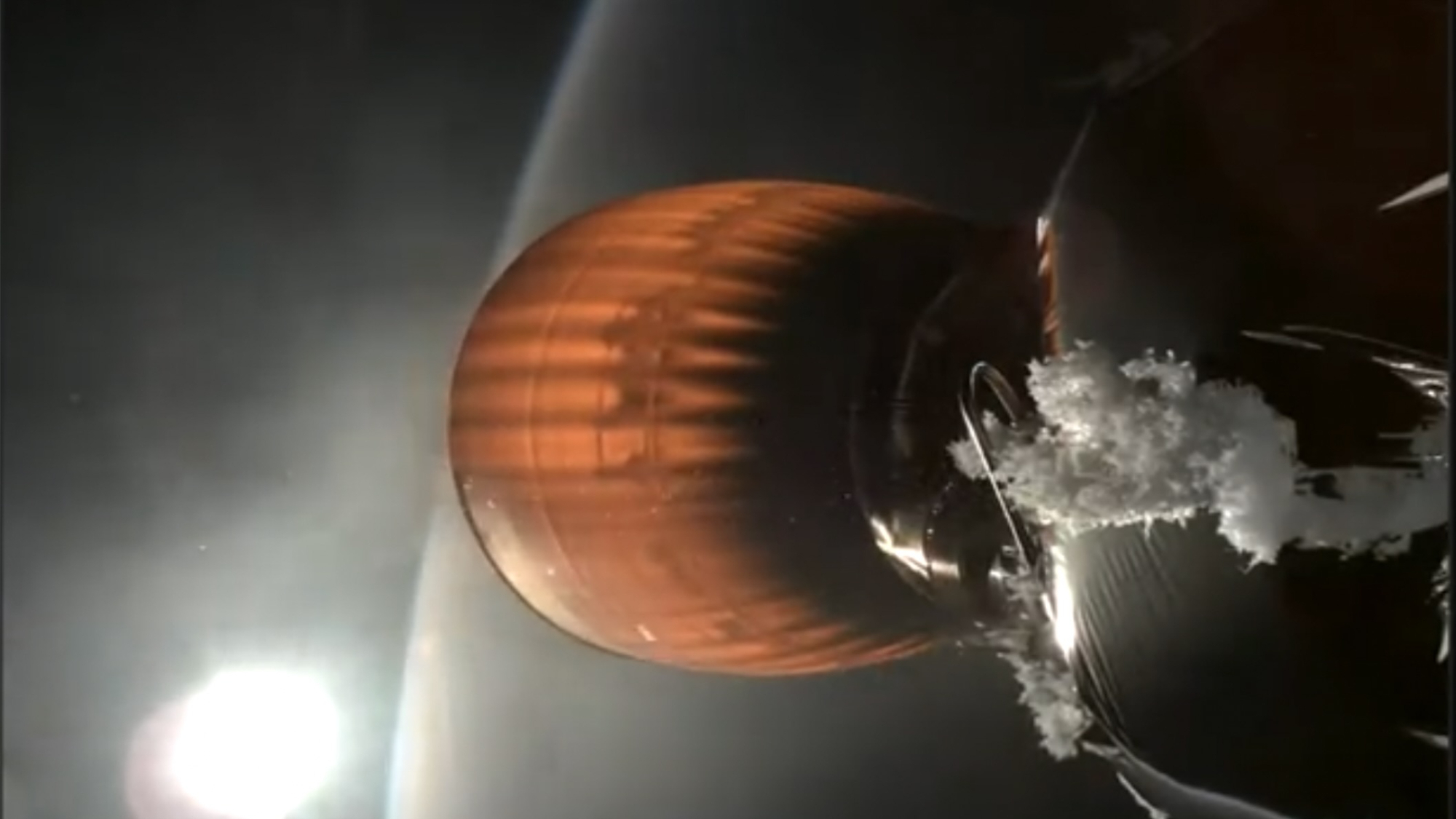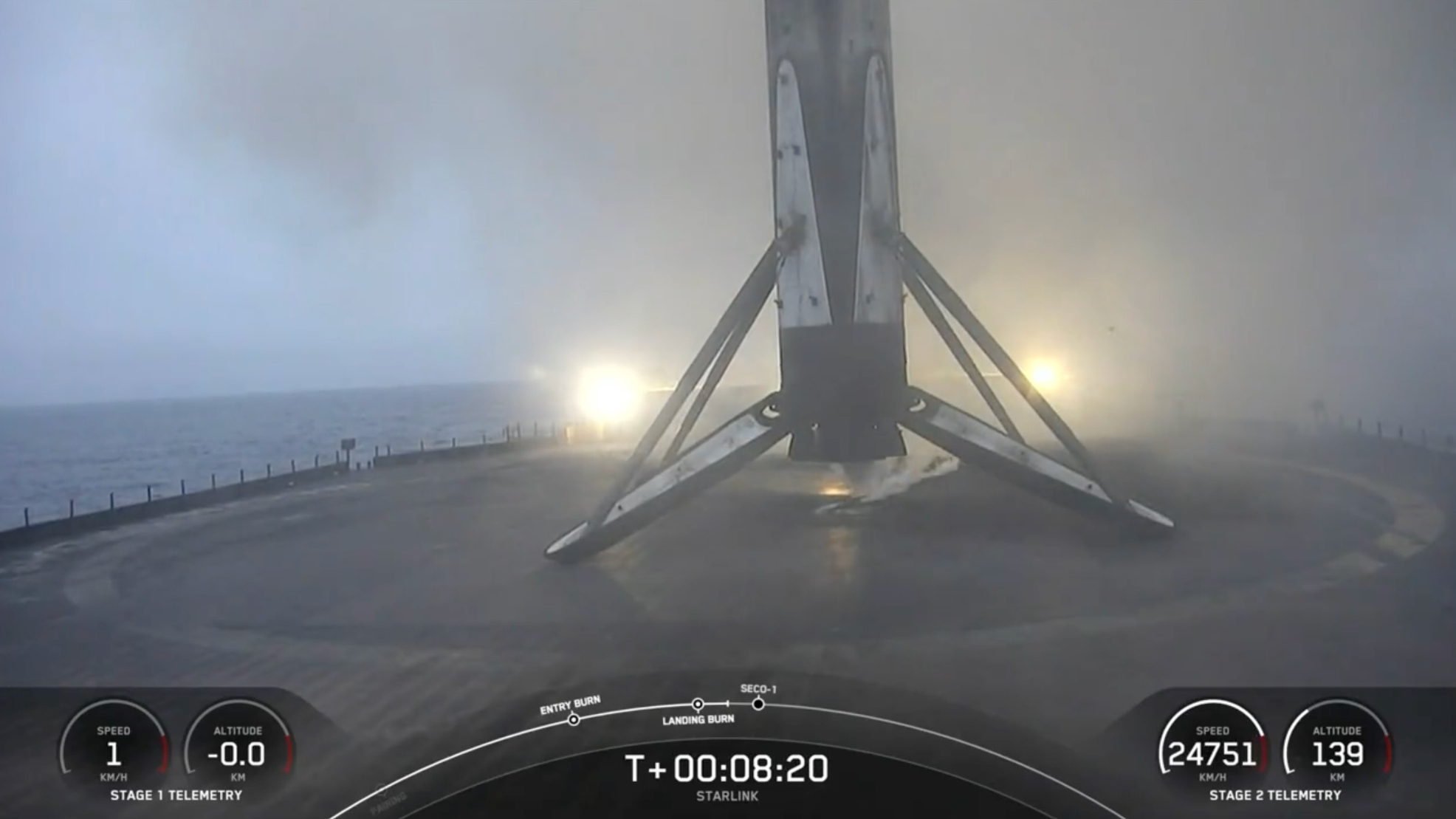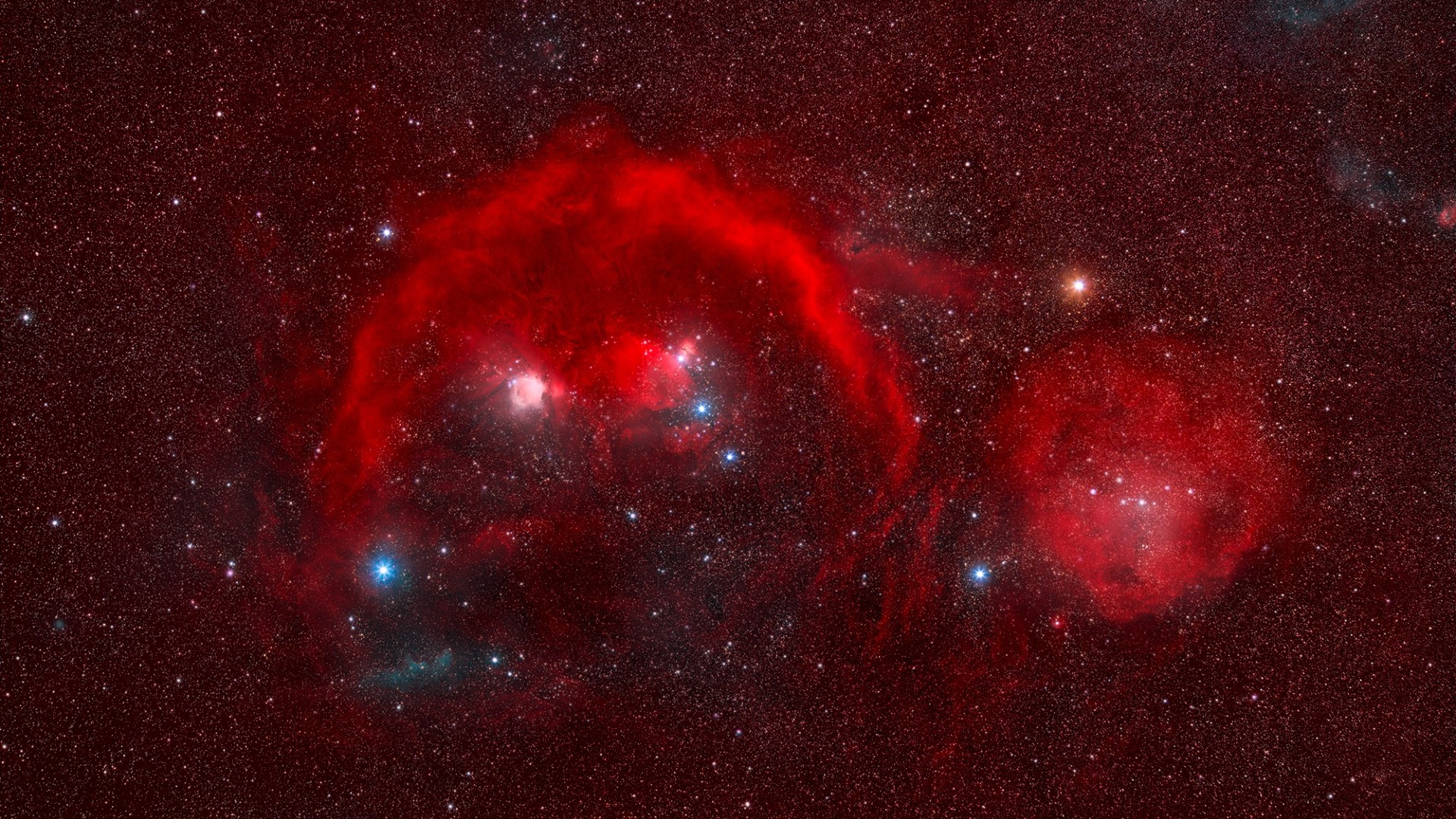SpaceX wants to resume Falcon 9 rocket launches while FAA completes investigation
SpaceX has requested a public safety determination, which would allow the company to resume launches if the FAA finds there is no risk to public safety.

SpaceX is seeking a rapid return to Falcon 9 launches following a rare failure of its workhorse rocket during a satellite launch last week.
The Federal Aviation Administration (FAA) received a request from SpaceX on Monday (July 15) to continue launching Falcon 9 flights during the mandatory mishap investigation following the ill-fated Starlink 9-3 mission in which the rocket's upper stage experienced a liquid oxygen leak. SpaceX has asked the FAA to make a public safety determination, which would allow the company to resume launches if the administration determines the anomaly "did not involve safety-critical systems or otherwise jeopardize public safety," SpaceflightNow reported reported on Tuesday (July 16). The FAA also provided Space.com with the statement, after a request.
"The FAA is responsible for and committed to protecting the public during commercial space transportation launch and reentry operations," the agency wrote in the e-mailed statement. "The FAA is reviewing the request [by SpaceX] and will be guided by data and safety at every step of the process."
If approved, SpaceX could potentially meet its schedule in launching two human spaceflight launches in the coming weeks. Falcon 9 uses different variants of the rocket for both crewed and uncrewed launches. The first astronaut launch, slated for July 31, is the privately-funded Polaris Dawn mission (financed by American billionaire Jared Isaacman) that will include the first commercial spacewalk in high Earth orbit. The second, expected in mid-August, is the Crew-9 launch to the International Space Station on behalf of NASA.
NASA is following SpaceX's Falcon 9 launch failure investigation and its potential impact to future agency astronaut missions, the space agency said in a July 12 statement.
"Crew safety and mission assurance are top priorities for NASA," NASA officials wrote in the statement. "SpaceX has been forthcoming with information and is including NASA in the company's ongoing anomaly investigation to understand the issue and path forward. NASA will provide updates on agency missions including potential schedule impacts, if any, as more information becomes available."
SpaceX's Falcon 9 rocket, which has launched 364 missions to space and suffered only two failures in 14 years, suffered a liquid oxygen propellant leak in its second stage during its July 11 launch.
Breaking space news, the latest updates on rocket launches, skywatching events and more!
"After a planned relight of the upper-stage engine to raise perigee — or the lowest point of orbit — the [single] Merlin Vacuum engine [on the second stage] experienced an anomaly and was unable to complete its second burn," SpaceX wrote in a July 12 update.
"Although the stage survived and still deployed the satellites, it did not successfully circularize its orbit, but it did passivate itself as normally performed at the end of each mission," SpaceX added. "This left the satellites in an eccentric orbit with a very low perigee of 135 km [84 miles], which is less than half the expected perigee altitude."

In its July 16 statement, the FAA said the public safety determination request would be evaluated on matters including "safety-critical systems, the nature and consequences of the anomaly, the adequacy of existing flight safety analysis, safety organization performance, and environmental factors."
"If the FAA agrees no public safety issues were involved," the statement added, "the operator may return to flight while the investigation remains open, provided all other license requirements are met."
The FAA has not provided a timeline for its evaluation of the request, which is common practice in aerospace safety investigations due to the complex nature of spaceflight. Missions with humans on board, such as Polaris Dawn and NASA's Crew-9, would likely receive an extra level of scrutiny.
The vast majority of SpaceX's Falcon 9 rockets are for Starlink satellites, also made by SpaceX, to push out its broadband satellite internet business. But the rocket is also used for critical national security missions as well as a selection of high-profile government satellite launches used for Earth observation, for example.
Falcon 9 also launches the most frequently of any rocket today, having sent 69 launches to space so far in 2024 (including the one failure). China, the second-greatest launching entity in the world after SpaceX, has 30 successful launches this year so far.
Join our Space Forums to keep talking space on the latest missions, night sky and more! And if you have a news tip, correction or comment, let us know at: community@space.com.

Elizabeth Howell (she/her), Ph.D., was a staff writer in the spaceflight channel between 2022 and 2024 specializing in Canadian space news. She was contributing writer for Space.com for 10 years from 2012 to 2024. Elizabeth's reporting includes multiple exclusives with the White House, leading world coverage about a lost-and-found space tomato on the International Space Station, witnessing five human spaceflight launches on two continents, flying parabolic, working inside a spacesuit, and participating in a simulated Mars mission. Her latest book, "Why Am I Taller?" (ECW Press, 2022) is co-written with astronaut Dave Williams.
